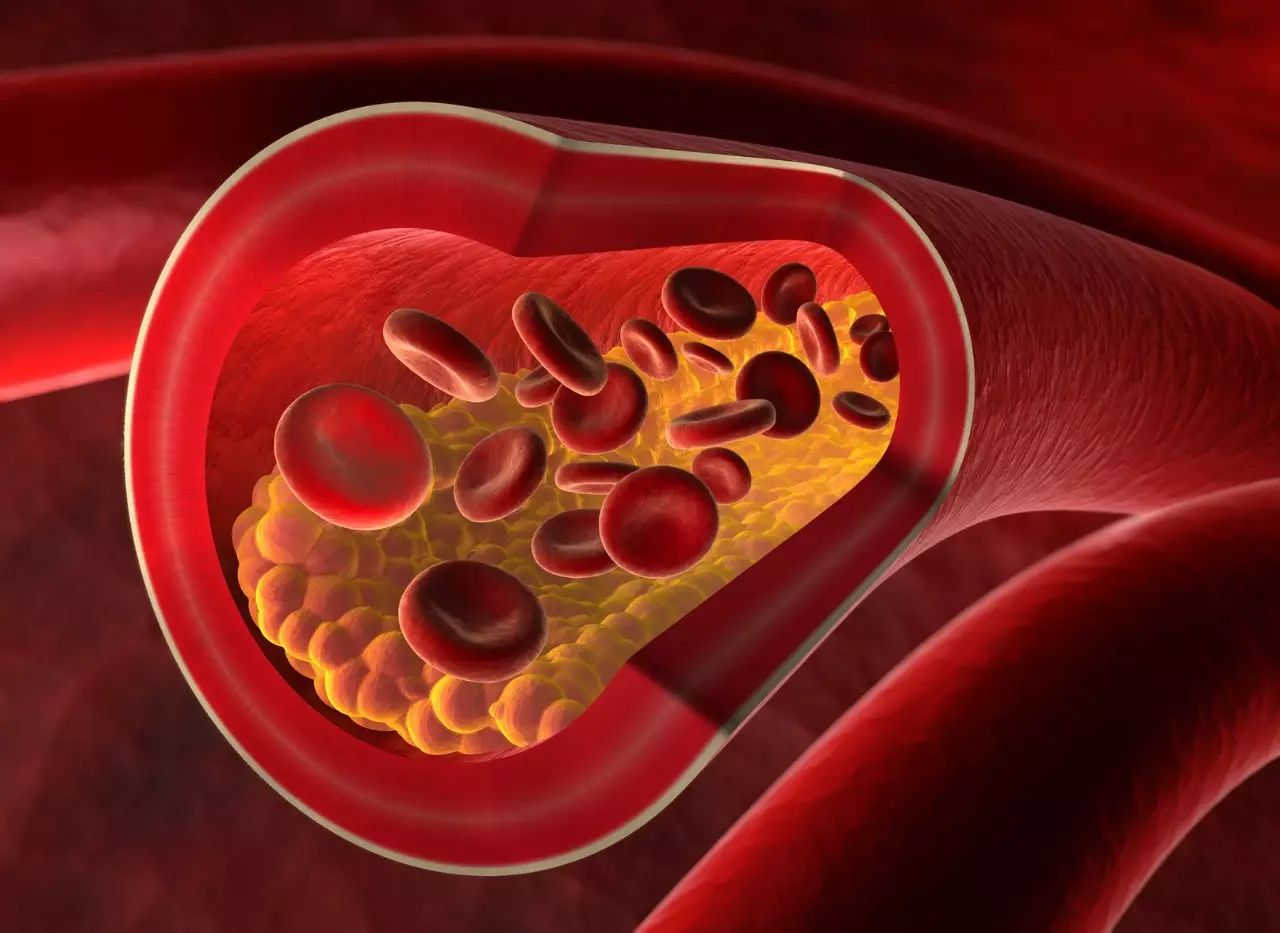In life, people will inevitably bump and bleed from time to time. Under normal circumstances, if some wounds are not treated, the blood will gradually coagulate, stop bleeding on its own, and eventually leave blood crusts. Why is this? What substances have played an important role in this process? Next, let us explore the knowledge of blood coagulation together!
As we all know, blood is constantly circulating in the human body under the push of the heart to transport the oxygen, protein, water, electrolytes and carbohydrates needed by the body. Under normal circumstances, blood flows in blood vessels. When blood vessels are damaged, the body will stop bleeding and clotting through a series of reactions. The normal coagulation and hemostasis of the human body mainly depend on the structure and function of the intact blood vessel wall, the normal activity of coagulation factors, and the quality and quantity of effective platelets.
Under normal circumstances, platelets are arranged along the inner walls of capillaries to maintain the integrity of the blood vessel walls. When blood vessels are damaged, contraction occurs first, making the walls of the blood vessels in the damaged part close to each other, shrinking the wound and slowing down blood flow. At the same time, platelets adhere, aggregate and release contents at the damaged part, forming local platelet thrombus, blocking the wound. The hemostasis of blood vessels and platelets is called initial hemostasis, and the process of forming a fibrin clot at the injured site after activation of the coagulation system to block the wound is called the secondary hemostatic mechanism.
Specifically, blood coagulation refers to the process in which blood changes from a flowing state to a non-flowing gel state. Coagulation means that a series of coagulation factors are successively activated by enzymolysis, and finally thrombin is formed to form a fibrin clot. The coagulation process often includes three ways, endogenous coagulation pathway, exogenous coagulation pathway and common coagulation pathway.
1) The endogenous coagulation pathway is initiated by coagulation factor XII through a contact reaction. Through the activation and reaction of a variety of coagulation factors, prothrombin is finally converted into thrombin. Thrombin converts fibrinogen into fibrin to achieve the purpose of blood coagulation.
2) The exogenous coagulation pathway refers to the release of its own tissue factor, which requires a short time for coagulation and rapid response.
Studies have shown that the endogenous coagulation pathway and the exogenous coagulation pathway can be mutually activated and mutually activated.
3) The common coagulation pathway refers to the common coagulation stage of the endogenous coagulation system and the exogenous coagulation system, which mainly includes two stages of thrombin generation and fibrin formation.
The so-called hemostasis and blood vessel damage, which activates the exogenous coagulation pathway. The physiological function of the endogenous coagulation pathway is currently not very clear. However, it is certain that the endogenous blood coagulation pathway can be activated when the human body comes into contact with artificial materials, which means that biological materials can cause blood coagulation in the human body, and this phenomenon has also become a major obstacle to the implantation of medical devices in the human body.
Abnormalities or obstacles in any coagulation factor or link in the coagulation process will cause abnormalities or dysfunctions in the entire coagulation process. It can be seen that blood coagulation is a complex and delicate process in the human body, which plays an important role in maintaining our lives.



 Business card
Business card Chinese WeChat
Chinese WeChat English WeChat
English WeChat